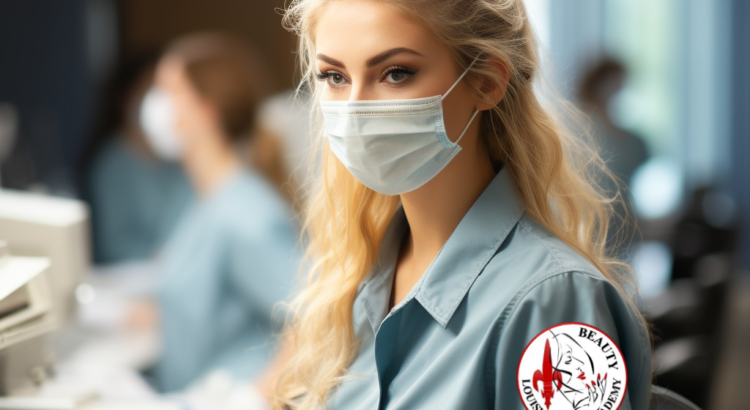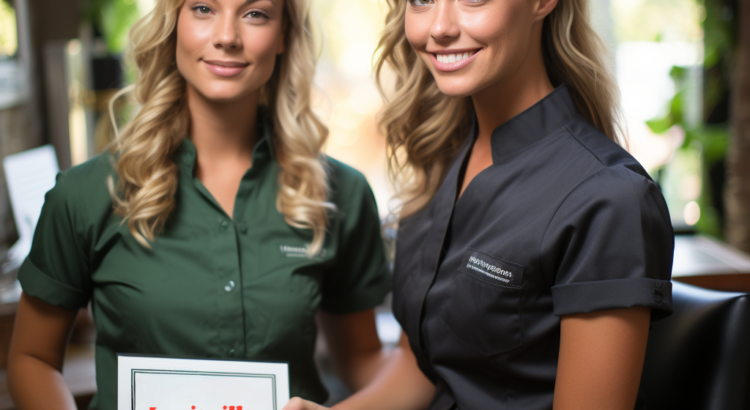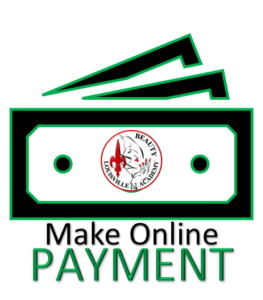The beauty industry is a sphere where cleanliness and hygiene are not just about aesthetics; they are imperative for safety and health. Professionals within this field must understand the distinct roles of sanitization and disinfection to maintain a safe environment for their clients. Here we explore these concepts, emphasizing their definitions and the levels of safety they afford.
Sanitization: Ensuring Hand Hygiene Sanitization is the process of cleaning surfaces or hands to reduce the number of bacteria present by 99.9%. This level of cleanliness is generally considered safe by public health standards for routine human contact. When it comes to hand hygiene, hand sanitizers are an effective form of sanitization, especially when traditional soap and water are unavailable. These products are quick-acting and can significantly diminish the presence of pathogens on the skin.
Disinfection: Securing a Germ-Free Environment Disinfection takes germ control a step further by killing or inactivating virtually all microorganisms on a surface, not just bacteria but also viruses and fungi. Disinfectants are subject to stringent EPA regulations, and they are pivotal for treating high-touch and high-risk surfaces in salons, such as tools, workstations, and chairs. These products are required to achieve a germ kill rate of 99.999%, making them more robust in curbing the spread of infection.
For the beauty industry, particularly in cosmetology, the differentiation between sanitization and disinfection is not just a matter of semantics but of operational importance. According to guidelines used for the Professional Standards International (PSI) national examination, which is adopted by the Kentucky State Board of Cosmetology among others, sanitization refers exclusively to hand hygiene. Every other form of microbial control, particularly concerning equipment and tools, falls under the umbrella of disinfection.
The Importance of Following Specific Protocols In practice, this means that after each client, professionals must disinfect all non-disposable tools and workspaces. These strict protocols are in place to prevent the transfer of infectious agents and ensure that every patron enjoys a safe salon experience. The distinction also highlights the elevated responsibility placed on disinfecting procedures to uphold industry standards.
Staying Informed and Compliant It is crucial to note that regulations and definitions of sanitization and disinfection can vary by state or country. Professionals are encouraged to stay informed and comply with their local health department’s requirements and the specific laws governing their practice.
Disclaimer The information provided herein is for educational purposes only and is based on the PSI national examination standards referenced by the Kentucky State Board of Cosmetology. It is not exhaustive and should not be construed as legal advice. Standards and regulations can change, and they differ from one jurisdiction to another. It is the responsibility of each beauty industry professional to stay current with the laws and guidelines set forth by their state’s regulatory board. Always consult your local health department or state board for the most accurate and up-to-date information regarding sanitation and disinfection practices.






